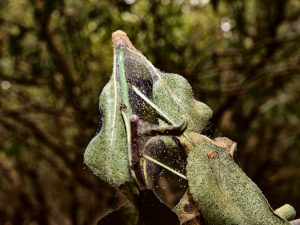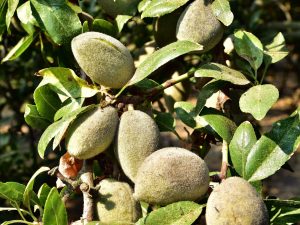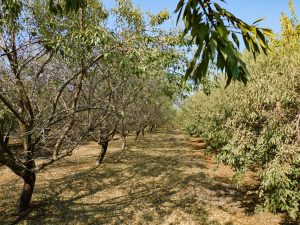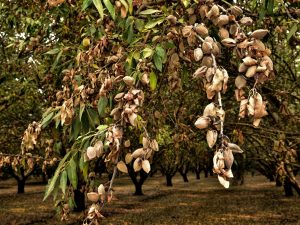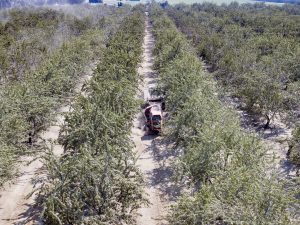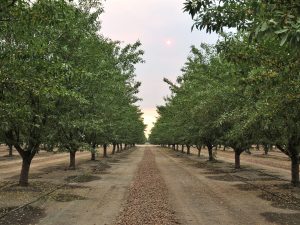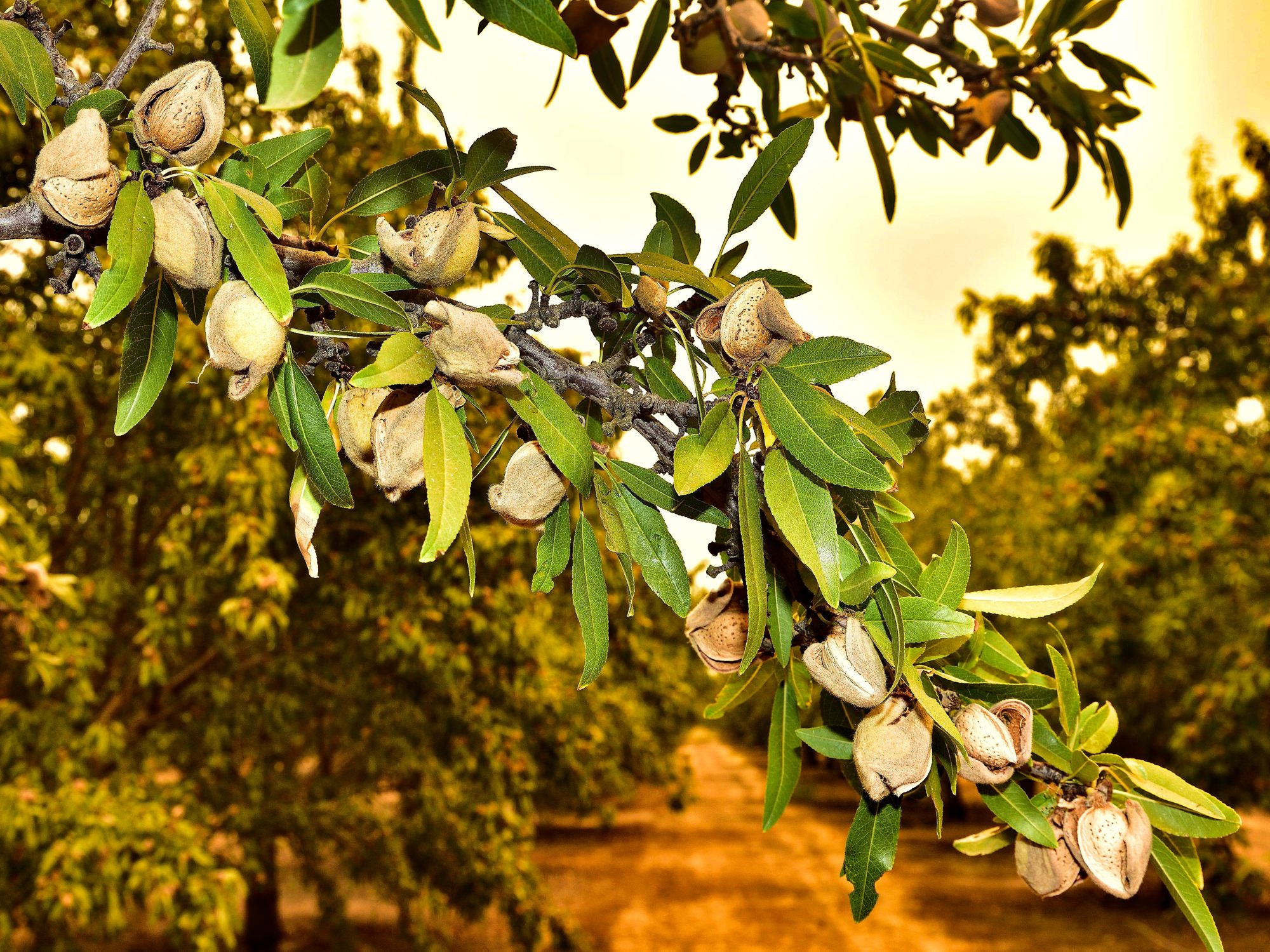
This report covers conditions and observations made between Monday, August 3 and Sunday, August 30, 2020. The next scheduled report will be posted on Monday, September 28, 2020. In the event of any significant occurrences prior to that date, this site will be updated as soon as possible.
Heat and humidity provided a high degree of discomfort during August in the Central Valley, with smoke-filled skies compounding the uncomfortable conditions. Following a very brief respite at the start of the period, when daily maximum temperatures dipped into the mid and upper 80’s, readings climbed rapidly above the century mark, peaking as high as 110 degrees for several days at mid-month. In concert with the high temperatures, moisture flowing northward from two dying weather systems streaming from Baja California drove humidity levels to abnormally high levels.
As has been widely reported, the unstable conditions generated widespread thunderstorms that brought showers to the west side of the Central Valley on Sunday, August 16th. These storms generated thousands of lightning strikes, spawning widespread fires in the coastal mountain areas bordering the west side of the valley. While the fires have not directly affected the orchards, heavy smoke has covered the valley for much of the remainder of the period, subduing the sunlight reaching the ground and dropping a light coating of ash over the majority of the Central Valley.
Morning low temperatures provided little relief from the daily highs, with readings widely reported in the 60’s and 70’s during much of the period and dipping only into the lower 80’s during the hottest phase of the month.
As the period concluded, harvest operations are running as rapidly as possible in all areas of the Central Valley. While grower’s efforts have been running at a feverish pace, the velocity of crop coming from the orchards has been hampered by the heat, humidity and smoke-filled skies, with the conditions creating a combination of problems for growers and huller/sheller operators in all growing areas.
- High heat and humidity have created perfect conditions for the growth of fungal infections on the splitting hulls. Bread Mold infections on hulls, which produces wood killing toxins are running rampant in many orchards. Swatches of dead leaves can be observed to varying degrees in nearly all orchards.
- The high humidity has slowed the drying of hulls on previously shaken almonds as they lay on the orchard floor. Further, the heavy smoke covering the valley has reduced radiant heat from the sun, compounding the problem, resulting in almonds laying on the orchard floor for an extended period. Some growers have commented that the drying was progressing so slowly, it seemed as though the hulls were wicking the moisture from the air.
- The hot conditions have pushed web-spinning mite populations to damaging levels in all areas. Pre-harvest intervals for available controls prevent growers from effectively managing the populations and orchards with the most significant infestations are starting to defoliate. The heavy covering of leaves on the orchard floor further compounds the problem of drying the crop.
- While the reduced sunlight and humidity have slowed the drying process, the high temperatures continue drive orchard water requirements. Thus, orchards with crop on the ground need to be irrigated. But, most cannot irrigate until the crop has been picked up, unless the irrigation system has been designed to provide water during the harvest without wetting the almonds on the ground. Adding to the problem, water stressed orchards are more susceptible to web-spinning mites.
- Huller/sheller operators are reporting that while kernel moistures are running below 5.0%, hull moisture levels are running in the upper teens resulting in hulls that are soft and pliable. This reduces the efficiency of the hulling process as well as the flow of product through the machinery. Additionally, high moisture hulls cannot be safely stored due to the danger of spontaneous combustion and high moisture product in stockpiles must be managed specifically to prevent damage to the kernels. Observers in the Sacramento Valley have reported that some hullers there are sending field-run product to dryers to reduce moisture levels in the hulls and improve hulling efficiency.
- Finally, while observers have noted that the hull split on early harvesting varieties appeared to stall, or at least slow down, possibly due to the smoke induced lower sunlight levels, the progression of the mid and later harvesting types has continued. Observers have noted that a number of Butte, Padre and Wood Colony plantings have already been shaken and some product has been picked up. Hull split has also been observed in the late harvesting Monterey and Fritz varieties.
The combination of slow drying, high temperatures and compressed maturity has resulted in a complicated harvest.
Reject levels in the crop received thus far have been quite good, with very little evidence of Navel Orange Worm, NOW. Pest Control Advisors are reporting that egg laying by the third flight of NOW moths has begun and observers have noted the presence of Pinhole damage, produced by the newly hatched NOW larvae as they burrow into the kernel shortly after hatching.
Harvest operations will continue over the coming weeks. The flow of crop from the orchards will progress as rapidly as conditions allow as growers work to complete the harvest.
By Mel Machado, Director of Member Relations
Photos by: Mel Machado, Ernie Reichmuth

